The Silk Road Fabrics: The Stein Collection in The National Museum of India
During the Roman Empire when pure silk was valued like gold, burials in Han China and Central Asia were furnished with luxurious fabrics. Application of Western motifs and designs in the newly developed Chinese silk technology led to the emergence of a unique patterned silk.Silk fabrics connecting the Mediterranean with inmost Asia allowed transmission of knowledge across the world of ideas and beliefs. Archaeology in the Age of Discovery unearthed the exceptional Silk Road Fabrics from graves and shrines spanning several centuries and across the vast continental expanse of Central Asia, Egypt, Europe, China, and Japan. To Sir Aurel Stein (18561935) and others the various types of textiles excavated from the sand dunes of Central Asia were worth the risks. The burial silks offer a window to the history of a lost civilization revealing how the complex thread of interconnections linking East and West helped to shape new civilizations along the way.
Content: 1. Textile fabrics-Silk Road. 2. Textile fabrics-Asia, Central. 3. Sericulture-Silk Road. 4. Art, Chinese - Silk Road. 5. Silk Road - Antiquities. 6. Stein, Aurel, Sir, 1862-1943 - Art collections. 7. National Museum of India. I. Stein, Aurel, Sir, 1862-1943, honouree. II. National Museum of India.
Get it now and save 10%
BECOME A MEMBER

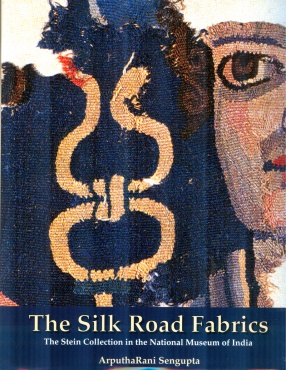

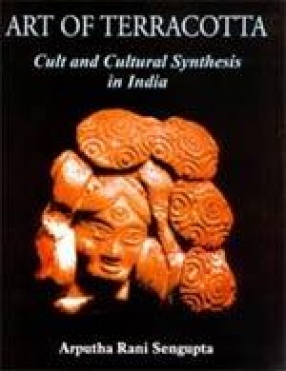
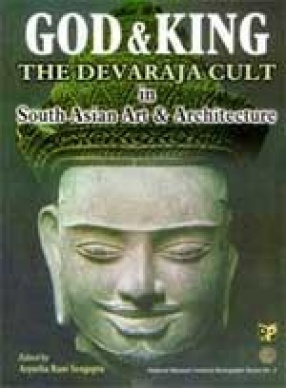
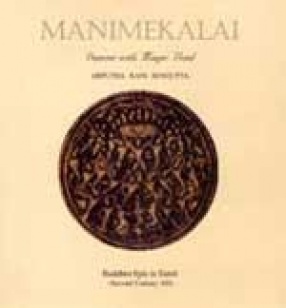
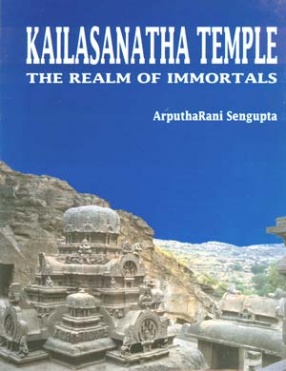
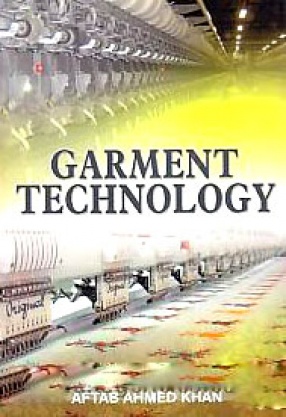
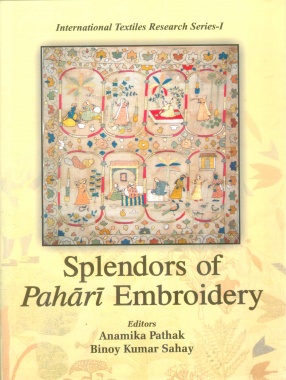
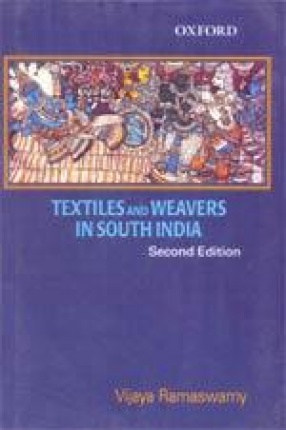
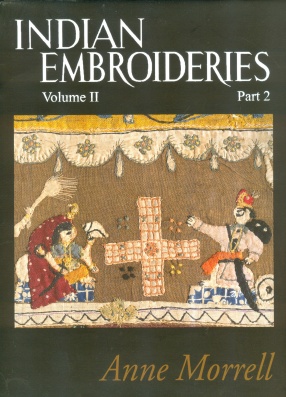

Bibliographic information